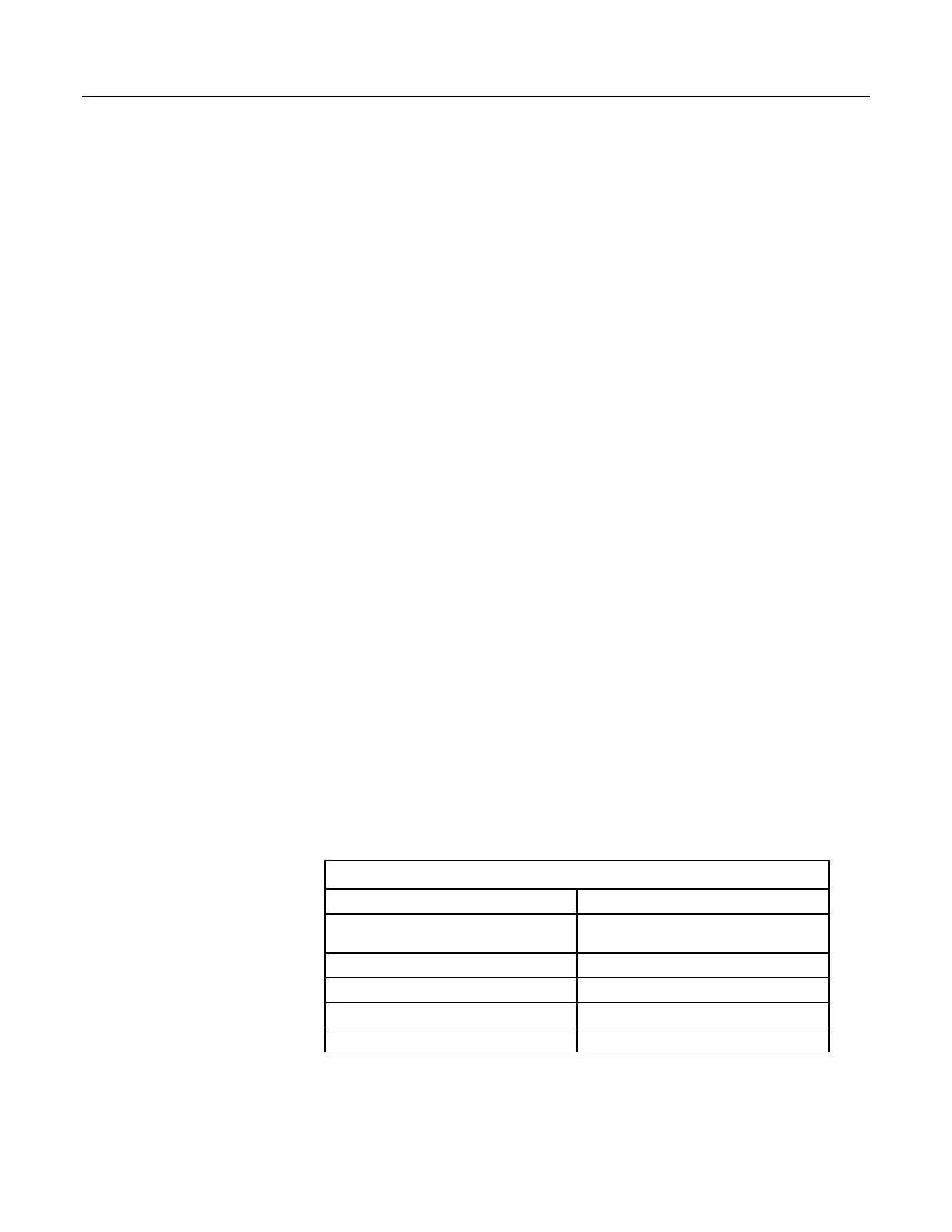8.1.3.7.1 TimerIO() NAN Conditions
• NAN will be the result of a TimerIO() measurement if one of two conditions
occurs:
o Timeout expires
o The signal frequency is too fast (> 3 KHz). When a C terminal
experiences a too fast frequency, the CR1000 operating system disables
the interrupt that is capturing the precise time until the next scan is
serviced. This is done so that the CR1000 processor does not get
occupied by excessive interrupts. A small RC filter retrofitted to the
sensor switch should fix the problem.
8.1.3.7.2 Input Filters and Signal Attenuation
P and C terminals are equipped with pulse-input filters to reduce electronic noise
that can cause false counts. The higher the time constant (τ) of the filter, the
tighter the filter. The table Time Constants
(p. 359) lists τ values. So, while a C
terminal measured with the TimerIO() frequency measurement may be superior
for clean signals, a P terminal filter (much higher τ) may be required to get a
measurement on an electronically noisy signal.
Input filters attenuate the amplitude (voltage) of the signal. The amount of
attenuation is a function of the frequency passing through the filter. Higher-
frequency signals are attenuated more. If a signal is attenuated enough, it may not
pass the state transition thresholds required by the detection device as listed in
table Pulse-Input Terminals and Measurements
(p. 69) ). To avoid over attenuation,
sensor-output voltage must be increased at higher frequencies. For example, table
Low-Level Ac Filter Attenuation
(p. 360) shows that increasing voltage is required
for low-level ac inputs to overcome filter attenuation on P terminals configured
for low-level ac: 8.5 ms time constant filter (19 Hz 3 dB frequency) for low-
amplitude signals; 1 ms time constant (159 Hz 3 dB frequency) for larger (> 0.7
V) amplitude signals.
For P terminals, an RC input filter with an approximate 1 µs time constant
precedes the inverting CMOS input buffer. The resulting amplitude reduction is
illustrated in figure Amplitude Reduction of Pulse-Count Waveform
(p. 360). For a 0
to 5 Vdc square wave input to a pulse terminal, the maximum frequency that can
be counted in high-frequency mode is approximately 250 kHz.
Table 82. Time Constants (τ)
Measurement τ
P terminal low-level ac mode
See footnote of the table Filter Attenuation of
Frequency Signals
(p. 360)
P terminal high-frequency mode 1.2
P terminal switch-closure mode 3300
C terminal high-frequency mode 0.025
C terminal switch-closure mode 0.025
359

